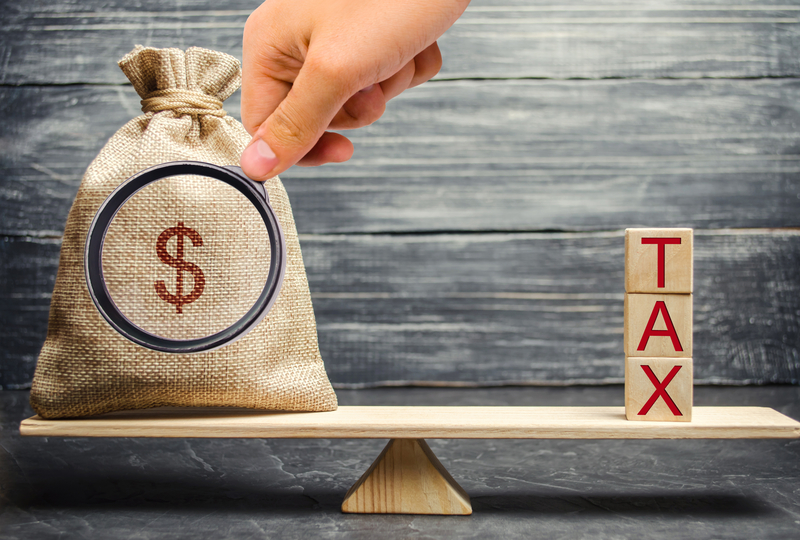2020 was a year that greatly contrasted from years prior. COVID-19 added more complexities to our daily lives as well as our taxes. According to the IRS, 2021 tax refunds were higher than usual. Contributing factors were COVID relief payments and other measures under the American Rescue Plan. Under the 2020 American Cares Act, taxpayers received two COVID relief payments. However, some individuals may not have received these payments and were able to claim them on their taxes. In this case, the stimulus check payments were an additional part of their tax refund.
Tax Credits
The IRS also implemented tax assistance for the unemployed. This allowed individuals receiving unemployment payments in 2020 to exclude up to $10,200 from their taxes, meaning that up to $10,200 did not have to be taxed.
How To Maximize Your Tax Refund
According to the Government Accountability Office, taxpayers typically have too much taxes come out of their paychecks. This essentially leads to less money you are taking home but more money you receive on your tax refund. It is suggested to adjust the amount of taxes being withheld on your paycheck. This will maximize the amount of money you take home. As a result you would owe little to no money when it is time to file taxes.
What If I Am Still Waiting On My Tax Refund?
It is important to note that the IRS is still processing nearly 9 million 2020 tax returns. If you have not received your tax refund from the 2020 year you can use the “Where’s My Refund” section on the IRS website. In order to track your refund you will need to provide personal information such as: your Social Security number, your filing status (married filing jointly/separately, single, head of household, or qualifying widow(er) with dependent child, and the refund amount that you are expecting to receive. The IRS website also has a tool for amended refunds. By using the “Where’s My Amended Return” function you can track the status of your amended tax return.


